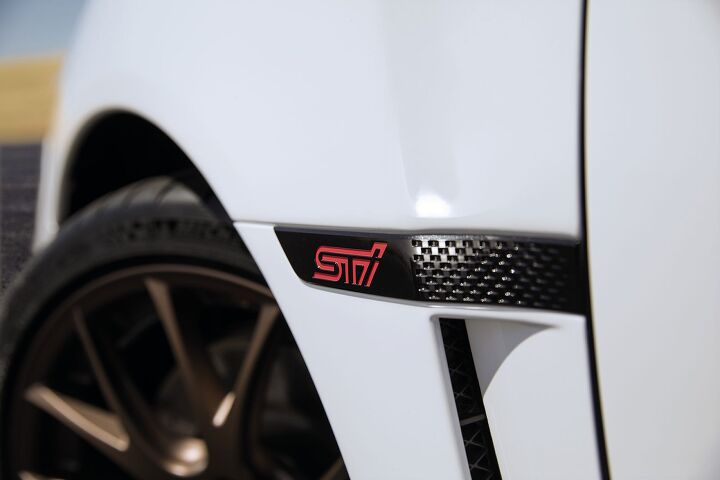What Does STI Mean on a Subaru?
STI, which stands for Subaru Tecnica International, is a term synonymous with performance in the Subaru brand. It represents the high-performance division of Subaru. This article aims to provide a detailed understanding of what STI means for Subaru, the history behind this division, its impact on Subaru's vehicles, and the characteristics that set STI models apart from the standard Subaru lineup. This explanation is tailored for those who may not be deeply familiar with automotive terms, offering a clear and factual overview.
Subaru Tecnica International (STI) was established in 1988 as the motorsport division of Subaru, a brand owned by the larger parent company, Fuji Heavy Industries (now Subaru Corporation). The goal of STI was to integrate race-proven technologies into Subaru road cars. This commitment stemmed from Subaru's active participation in motorsports, particularly in the World Rally Championship (WRC), where the brand achieved considerable success. The expertise and experience gained from competitive racing shaped the STI division's approach to car development.
STI models are the result of this dedication to high performance. They are essentially Subaru vehicles that have been enhanced and tuned for increased power, improved handling, and greater overall performance. The modifications typically include upgrades to the engine, suspension, brakes, and exhaust system, along with distinctive styling elements that differentiate STI models from their regular counterparts.
One of the more significant aspects of STI models are their engine performance. STI engineers often rework the standard Subaru engines, increasing horsepower and torque to deliver a more dynamic and responsive driving experience. This is achieved through various modifications such as strengthened internal components, enhanced air intake and exhaust systems, and in some cases, the addition of turbochargers. The result is an engine that not only performs better in terms of acceleration and speed but also maintains acceptable efficiency and reliability.
Handling and drivability are other areas STI focuses on. These vehicles typically come with a sport-tuned suspension system, which is stiffer and more responsive than the standard setup. This tuning improves the car's stability and agility, especially at higher speeds or when navigating corners. Additionally, STI models often feature upgraded brake systems with larger, more effective brakes that provide better stopping power and enhanced safety, particularly important in high-performance driving scenarios.
Externally, STI models are distinguishable from their regular counterparts through unique styling cues. These may include more aggressive body kits, larger wheels, exclusive colors, and STI branding. The interior also gets special treatment with sportier seats, unique trim elements, and sometimes additional gauges or performance-related information displays. These design elements are not merely aesthetic; they serve to enhance the vehicle's aerodynamics and provide a more engaging driving environment.
In conclusion, STI models stand out with their enhanced engines, upgraded handling, and/or distinctive styling. It's important to note that not all STI models are alike, and the levels of upgraded performance differ from one model to the next.
Become an AutoGuide insider. Get the latest from the automotive world first by subscribing to our newsletter here.
This article was co-written using AI and was then heavily edited and optimized by our editorial team.
More by AutoGuide.com Staff


































Comments
Join the conversation